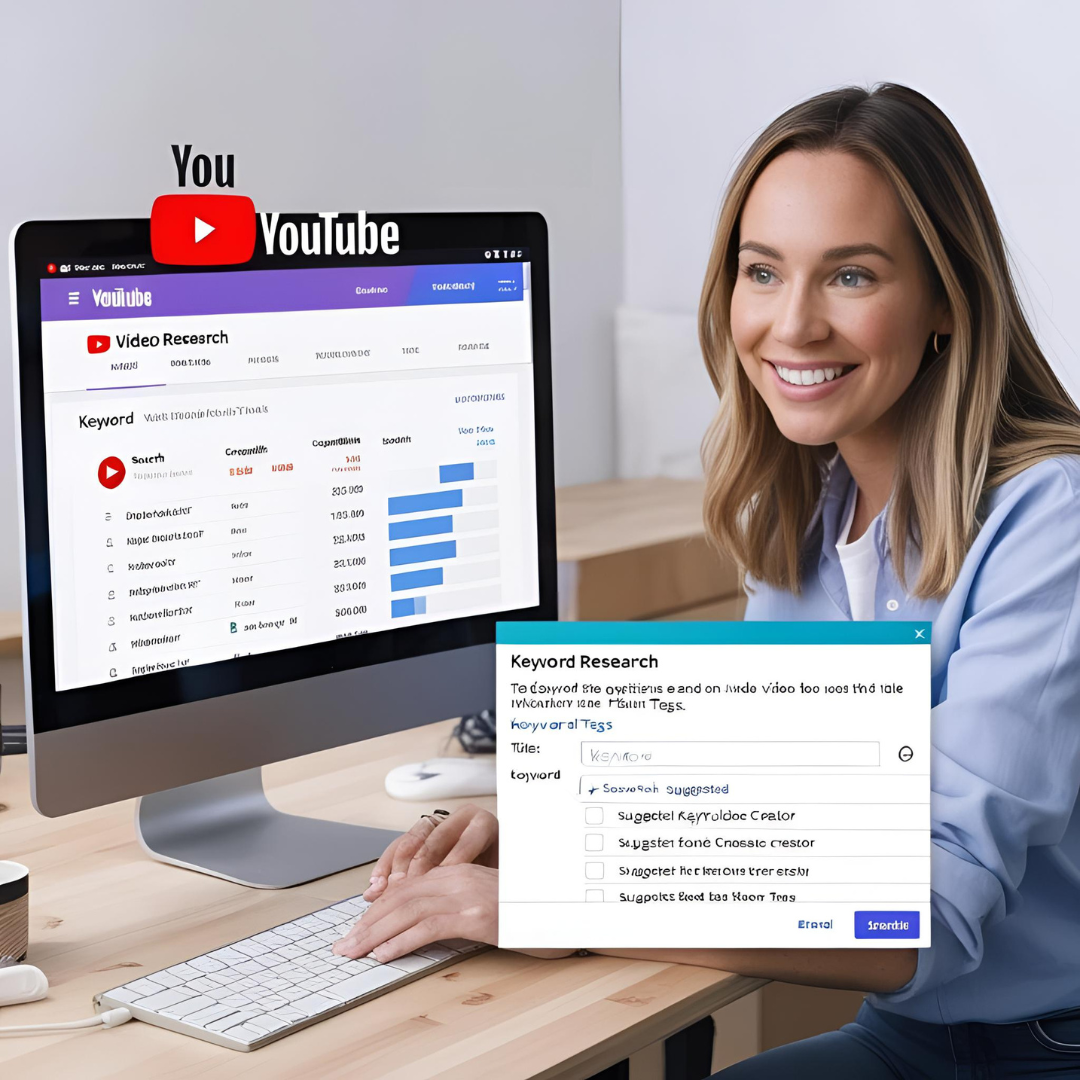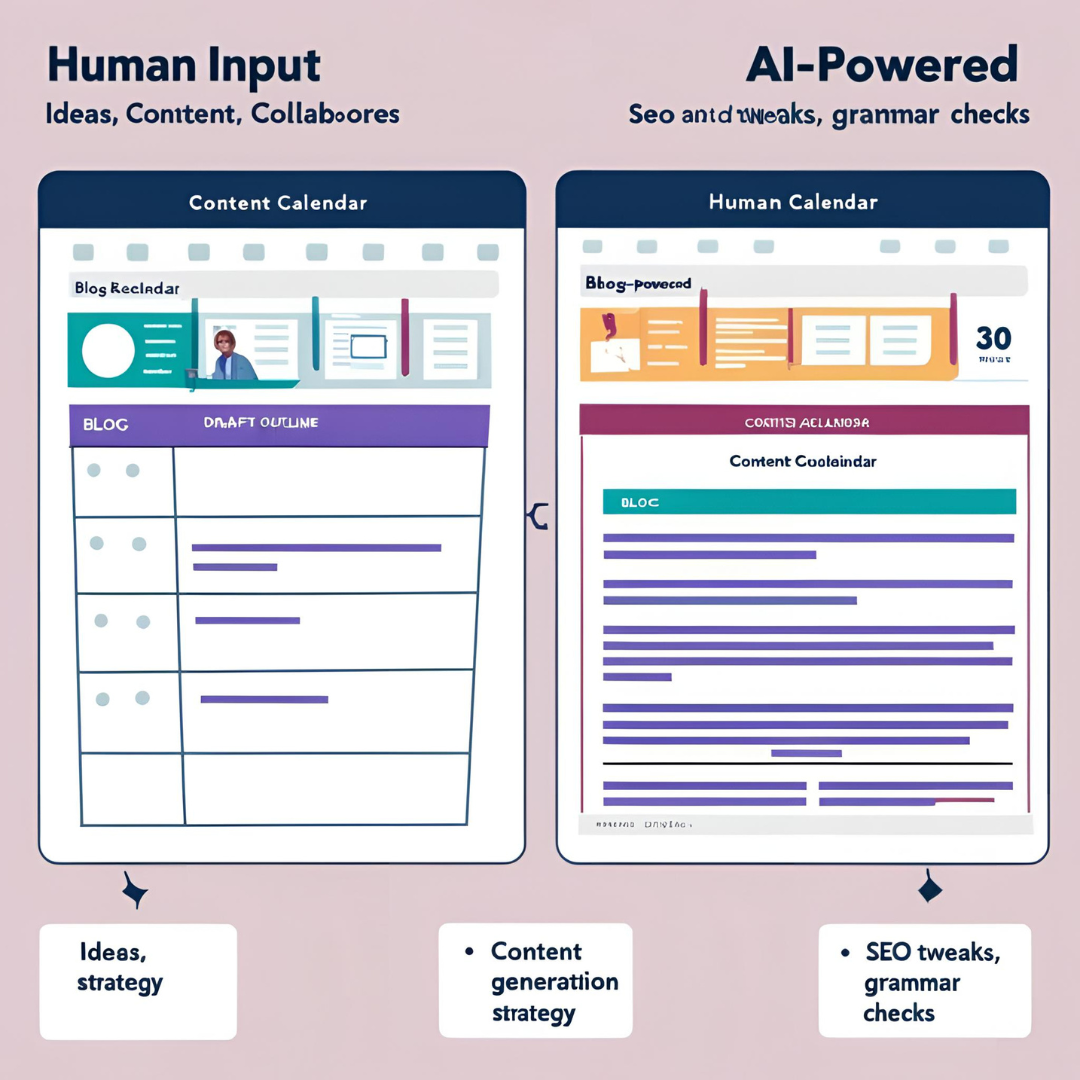How to Use Keyword Tool for YouTube SEO: A Step-by-Step Guide

Introduction: Why YouTube SEO Matters More Than Ever
YouTube is the second-largest search engine in the world, and in 2024, it’s more competitive than ever. With over 500 hours of video uploaded every minute, standing out is impossible without the right YouTube SEO strategy. The secret? It starts with keyword research.
If you’re not using tools like KeywordTool.io, Ubersuggest, or Ahrefs to plan your video content, titles, tags, and descriptions — you’re leaving traffic on the table.
This guide will show you step-by-step how to use Keyword Tool for YouTube SEO to boost visibility, rank higher in search, and grow your subscribers.
Table of Contents
Why YouTube Keyword Research Matters
Introduction to KeywordTool.io
Setting Up for Success: Channel & Niche Strategy
How to Find Keywords for Your Videos
Optimizing Video Titles, Descriptions & Tags
Bonus: Competitor Analysis Using Keyword Tool
Tracking Performance
YouTube SEO Best Practices in 2024
Common Mistakes to Avoid
Final Thoughts
1. Why YouTube Keyword Research Matters
YouTube’s algorithm thrives on relevance, engagement, and metadata. Your video’s success often comes down to:
Having the right keywords in your title, tags, and description
Matching viewer intent
Ranking for low-competition but high-volume search terms
Proper keyword research gives you a blueprint for what your audience is already searching for.
2. Introduction to KeywordTool.io
KeywordTool.io is one of the best tools available for YouTube-specific keyword research.
Pulls autocomplete suggestions from YouTube search
Generates hundreds of long-tail keyword variations
Provides data for search volume, trend, and CPC
Easy to use for beginners
Visit KeywordTool.io and select the YouTube tab.
3. Setting Up for Success: Channel & Niche Strategy
Before diving into keywords:
Define your niche (tech, fitness, education, gaming, etc.)
Know your target audience
Use tools like TubeBuddy and VidIQ alongside Keyword Tool for extra insights
Analyze top-performing channels in your niche
4. How to Find Keywords for Your Videos
Step-by-Step Using KeywordTool.io:
Go to KeywordTool.io > YouTube
Enter a seed keyword (e.g., “Keto recipes”)
Analyze the results:
Relevance: Focus on keywords closely related to your topic
Search Volume: Target medium to high volume
Competition: Prioritize low-competition terms
Export your keyword list for use in your content planning
Tip: Use question-based keywords like “how to…” and “best way to…” — they perform well in YouTube search.
5. Optimizing Video Titles, Descriptions & Tags
Title:
Put your main keyword at the beginning
Keep it under 60 characters
Add curiosity (e.g., “How to Build a Website in 5 Minutes [Beginner’s Guide]”)
Description:
Include keywords naturally
Add time stamps, links, and a call to action
Repeat primary keywords 2–3x in different contexts
Tags:
Use all 500 characters
Mix broad and long-tail terms
Add common misspellings and variations
6. Bonus: Competitor Analysis Using Keyword Tool
Use the keyword tool to analyze top videos in your niche:
Search their main keywords
Compare which keywords they’re ranking for
Spot content gaps you can fill
Tools like Ahrefs and TubeBuddy can help here as well.
7. Tracking Performance
Use YouTube Studio Analytics to measure:
Search-based impressions
Click-through rate (CTR)
Audience retention
Engagement and watch time
For external tracking, use Ubersuggest or Ahrefs YouTube tracking for deeper keyword movement insights.
8. YouTube SEO Best Practices in 2024
Thumbnail optimization: Use bold fonts, contrast colors, and faces
Retention-focused intros (hook in first 15 seconds)
Call to Action: Like, comment, subscribe, and link to playlists
Use hashtags smartly in title/description (#ai, #seo, etc.)
Embed videos on your blog or social profiles
9. Common Mistakes to Avoid
🚫 Keyword stuffing
🚫 Misleading titles (clickbait = short-term views, long-term damage)
🚫 Ignoring audience feedback
🚫 Not optimizing playlists or end screens
10. Final Thoughts
If you want to grow on YouTube in 2024, don’t skip keyword research. Tools like KeywordTool.io, Ubersuggest, and Ahrefs give you the data you need to create content your audience is already looking for.
Start small, be consistent, and optimize every upload.






